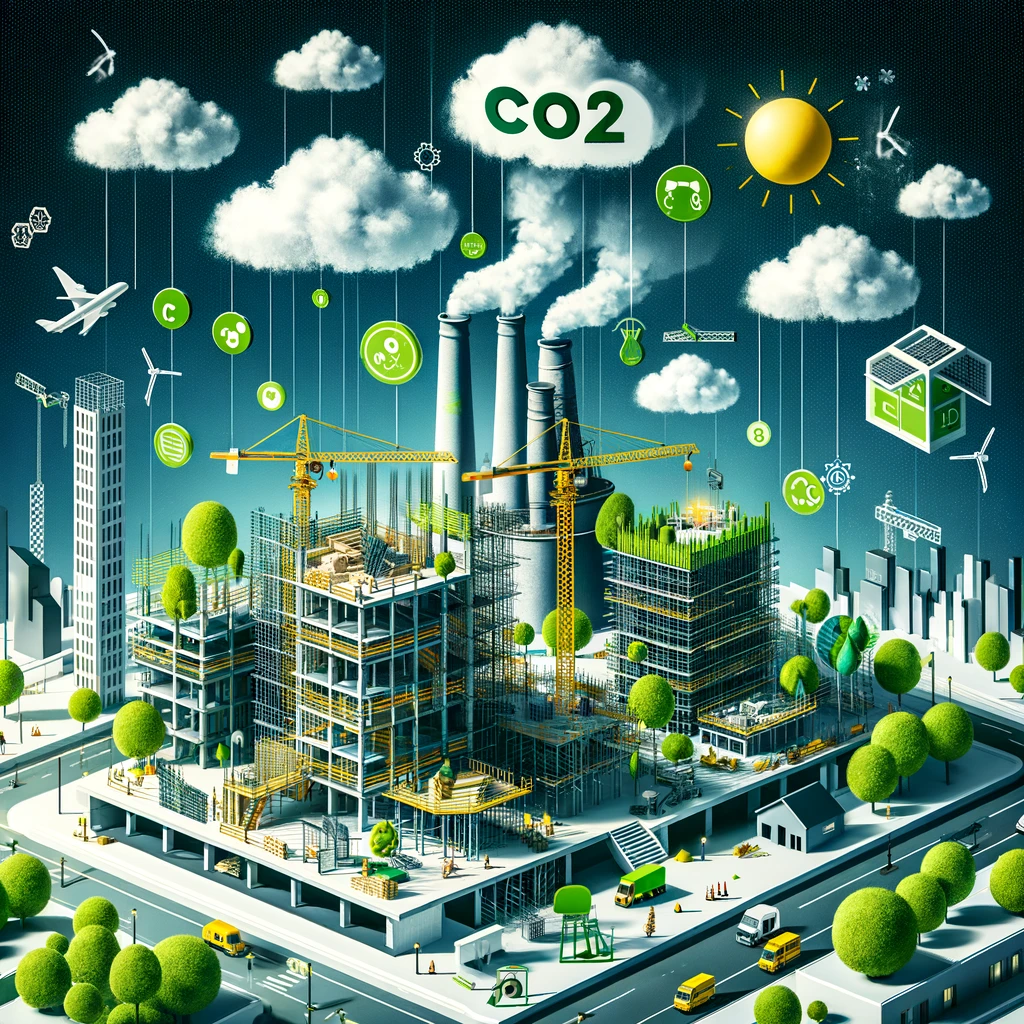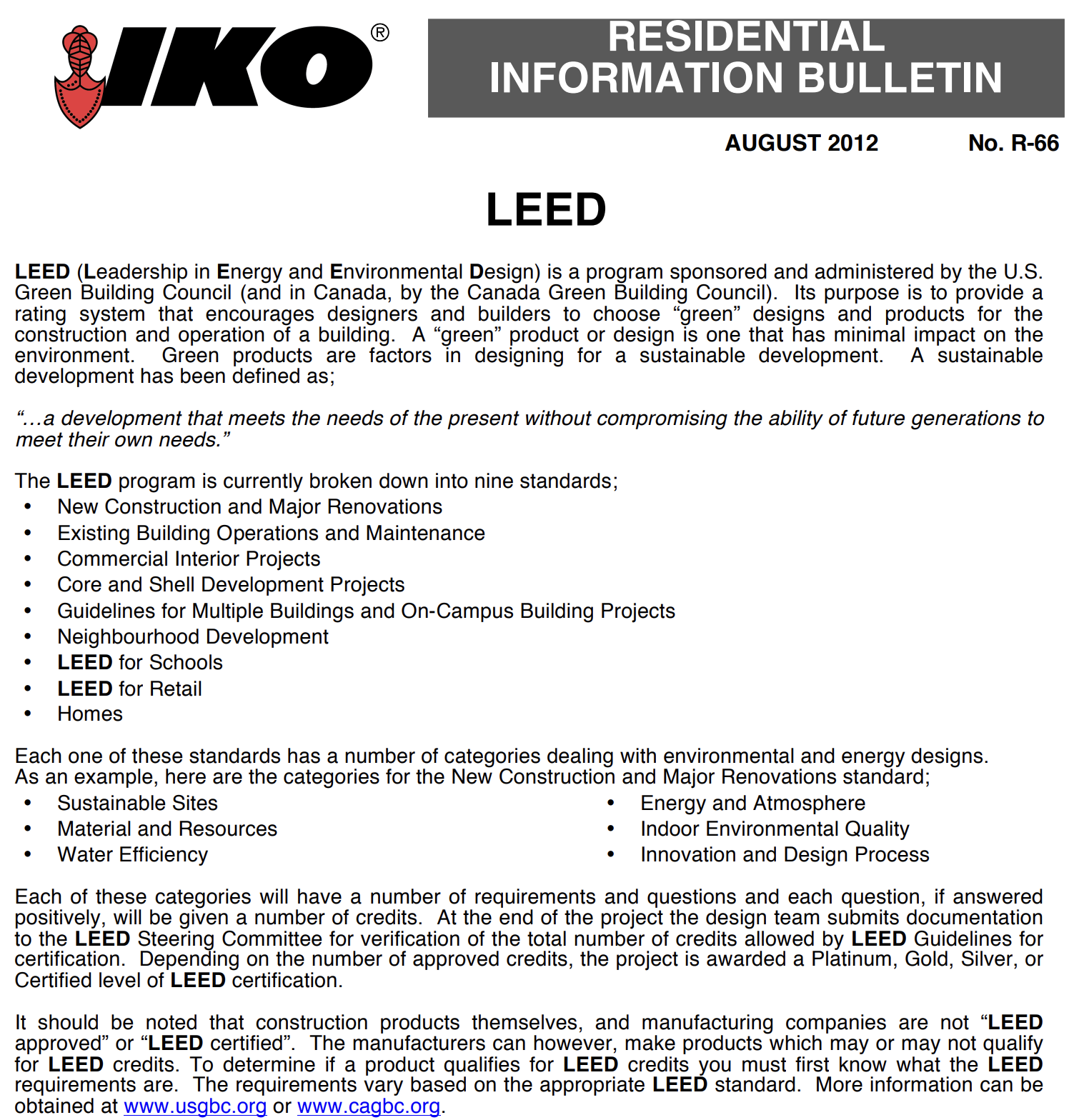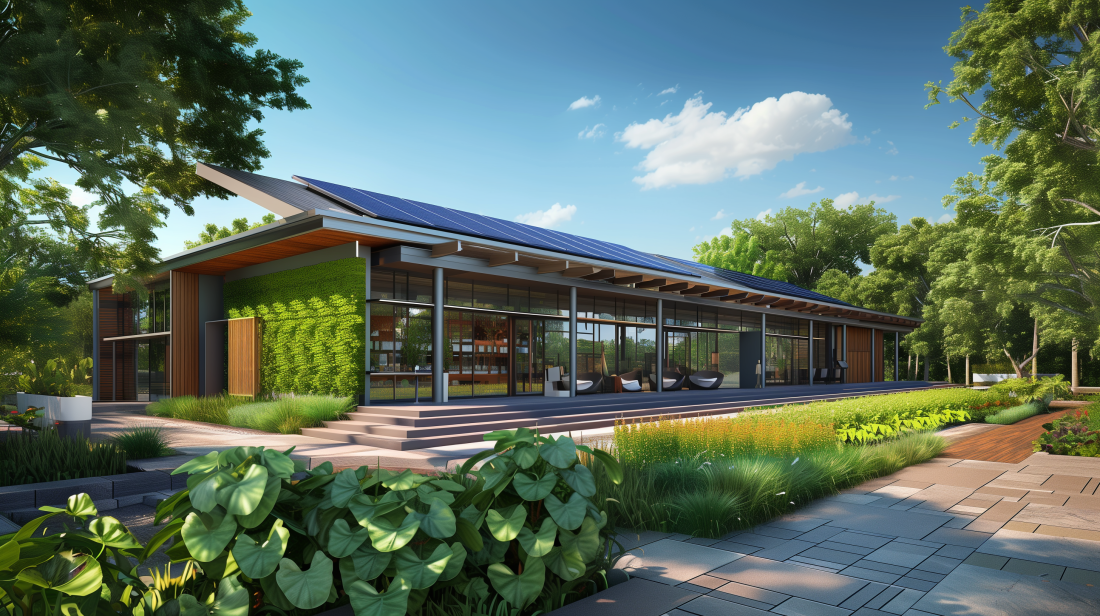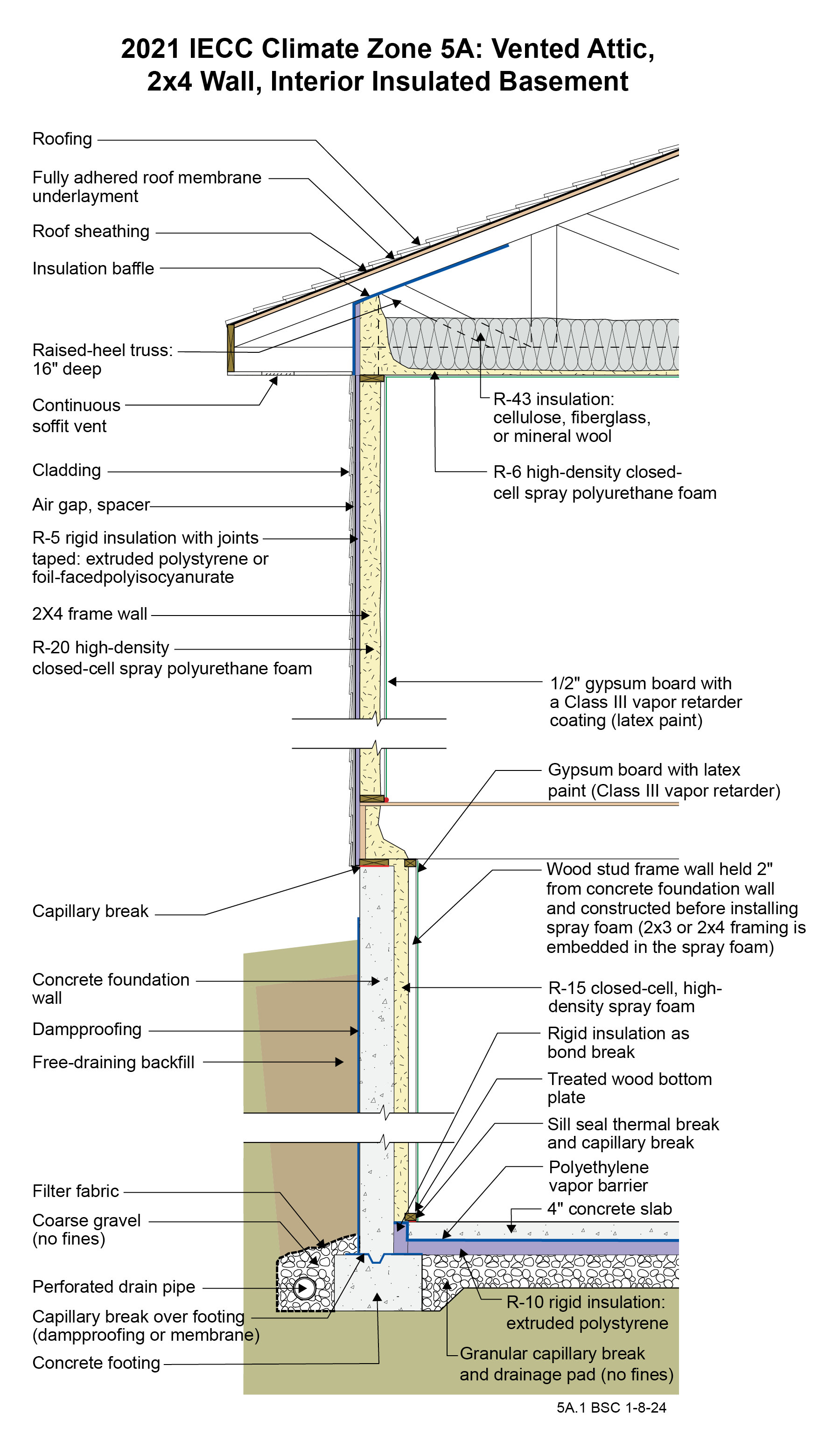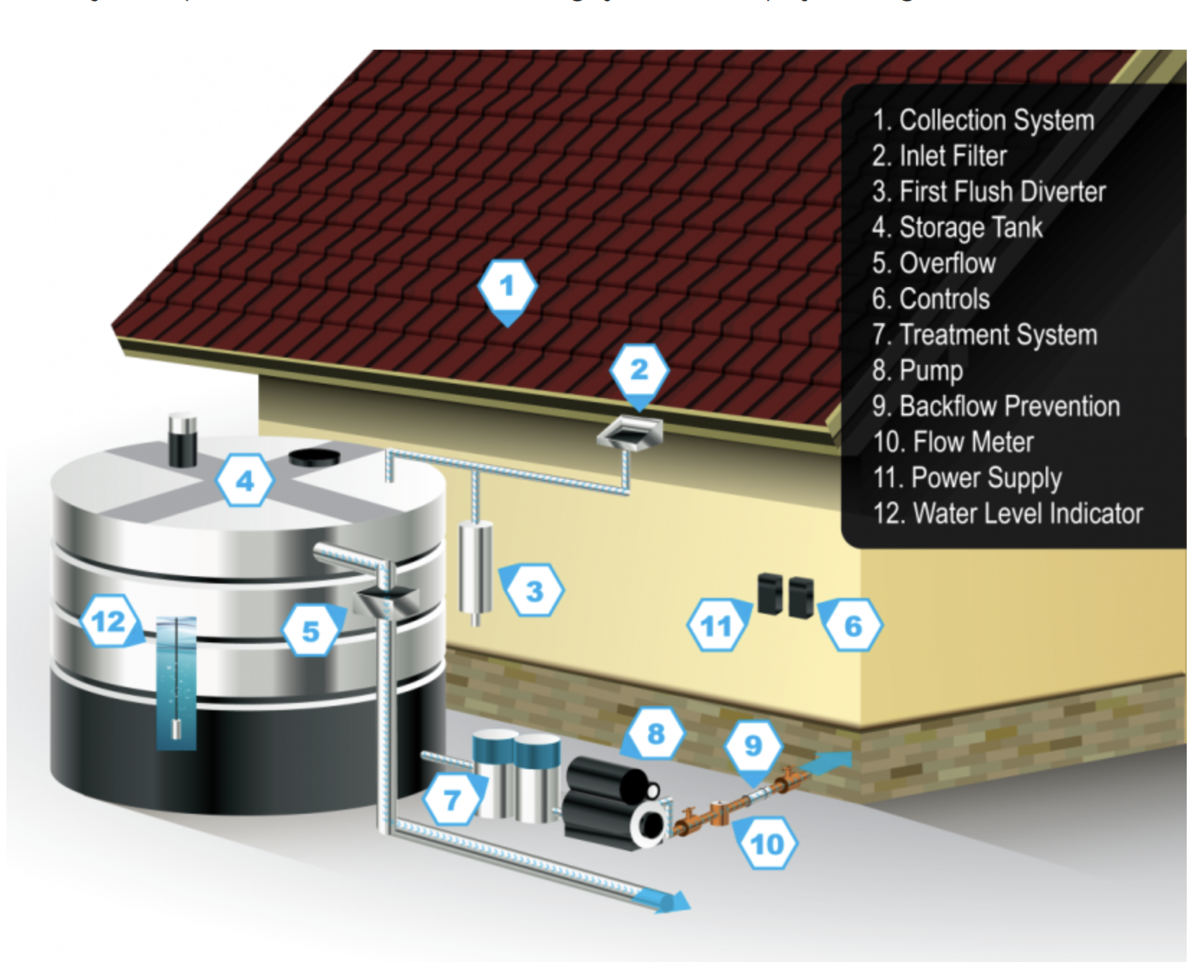In an era of escalating climate concerns, the significance of reducing environmental impacts through sustainable building practices cannot be overstated. Architects and designers hold a pivotal role in determining the carbon footprint and ecological consequences of any construction project. To navigate this landscape effectively, it’s essential to grasp the terminology and principles commonly associated with carbon and the built environment. Here’s a concise breakdown to demystify the essentials:
Carbon Emissions Explained Carbon accounting involves quantifying the total carbon emissions associated with a project, encompassing biogenic, embodied, and operational carbon.
- Biogenic Carbon: Refers to carbon sequestered within building materials, such as wood, during the growth phase. This carbon is released when materials decay or are destroyed.
- Embodied Carbon: Represents emissions related to construction and building materials, including extraction, manufacture, transport, installation, maintenance, and disposal.
- Operational Carbon: Denotes emissions during the ongoing use and operation of a building, such as heating, cooling, and powering systems.
Quantifying Carbon Emissions: LCAs and EPDs Life cycle assessment (LCA) provides a comprehensive evaluation of the environmental impact of a structure from inception to completion. Environmental product declarations (EPDs) offer quantifiable data on the life cycle of specific materials, aiding in informed decision-making.
WoodWorks Carbon Calculator WoodWorks offers a user-friendly tool for estimating the carbon footprint of wood-based projects, facilitating sustainable design choices.
Carbon Neutrality and Net Zero
- Carbon Neutral: Balancing carbon emissions with equivalent carbon sequestration, often achieved through offsetting initiatives like reforestation.
- Net Zero: Achieving a balance between emissions and sequestration, particularly concerning operational or embodied emissions. The term is occasionally interchangeable with zero net energy, which refers to buildings generating as much energy as they consume.
Need Further Assistance? Reach out today for expert assistance.
The Engineered Wood Association’s Appendix: Glossary of Carbon Terms and Related Concepts
- Biogenic carbon: Carbon sequestered from the atmosphere during biomass growth, notably in forests.
- Carbon accounting: The process of estimating the balance between carbon sequestered into materials and carbon emitted during various stages, including extraction, manufacture, construction, habitation, and disposal.
- Carbon credit: A certificate or permit equivalent to one ton of greenhouse gas emissions, commonly traded or purchased as a carbon offset.
- Carbon footprint: The total greenhouse gases emitted by an entity, typically measured in tons of emissions.
- Carbon neutral: Achieving no net release of greenhouse gas emissions, often achieved through carbon offsetting measures like tree planting.
- Carbon offset: Deliberate actions to reduce atmospheric carbon intended to compensate for emissions.
- Carbon sequestration: The process of removing carbon dioxide from the atmosphere through absorption and storage.
- Carbon sink: A material or ecosystem that sequesters carbon dioxide, such as oceans, soils, forests, and vegetation.
- Carbon stock: The amount of carbon stored within a system, such as forestlands or ecosystems.
- Cradle-to-gate, cradle-to-completed, cradle-to-grave, cradle-to-cradle: Various stages of the product life cycle, from material extraction to disposal or recycling.
- Embodied carbon or embodied emissions: Greenhouse gas emissions arising from the extraction, manufacture, transport, installation, maintenance, and disposal of building materials.
- Environmental product declaration (EPD): Documents providing environmental information on the life cycle of a product or material.
- Life cycle assessment (LCA): A comprehensive evaluation of the environmental impacts of a material, process, or service over its entire life span.
- Life cycle or product life cycle: The complete life span of a product, including extraction, manufacture, distribution, use, and disposal.
- Net zero: Producing no net greenhouse emissions or achieving zero net energy consumption.
- Net zero energy building: A structure with no net energy consumption during operation.
- Operational carbon: Emissions resulting from building habitation, such as heating, cooling, and power usage.
- Zero energy, zero net energy (ZNE), Zero net energy building (ZNEB): Referring to buildings with no net energy consumption.
Understanding these fundamental concepts is essential for architects and designers striving to create environmentally responsible structures that minimize carbon emissions and contribute positively to our planet’s health and sustainability.
For immediate service or consultation, you may contact us at Allied Emergency Services, INC.
Contact Information:
- Phone: 1-800-792-0212
- Email: Info@AlliedEmergencyServices.com
- Location: Serving Illinois, Wisconsin, and Indiana with a focus on the greater Chicago area.
If you require immediate assistance or have specific questions, our human support is readily available to help you.
Disclaimer: This article is intended for informational purposes only. For professional advice, consult experts in the field.






